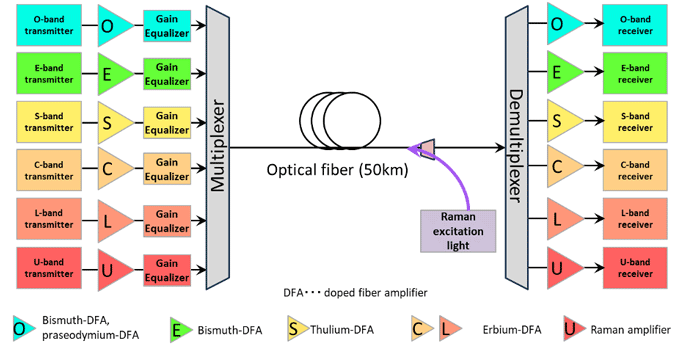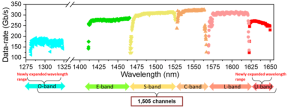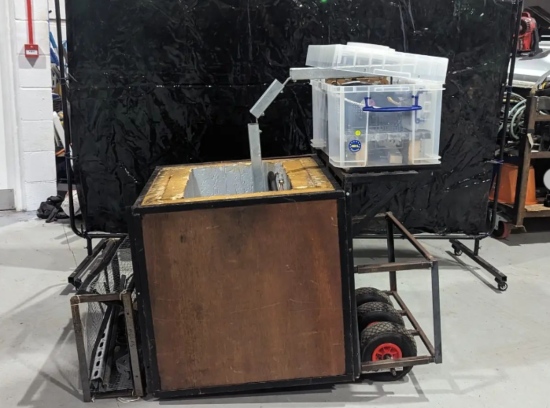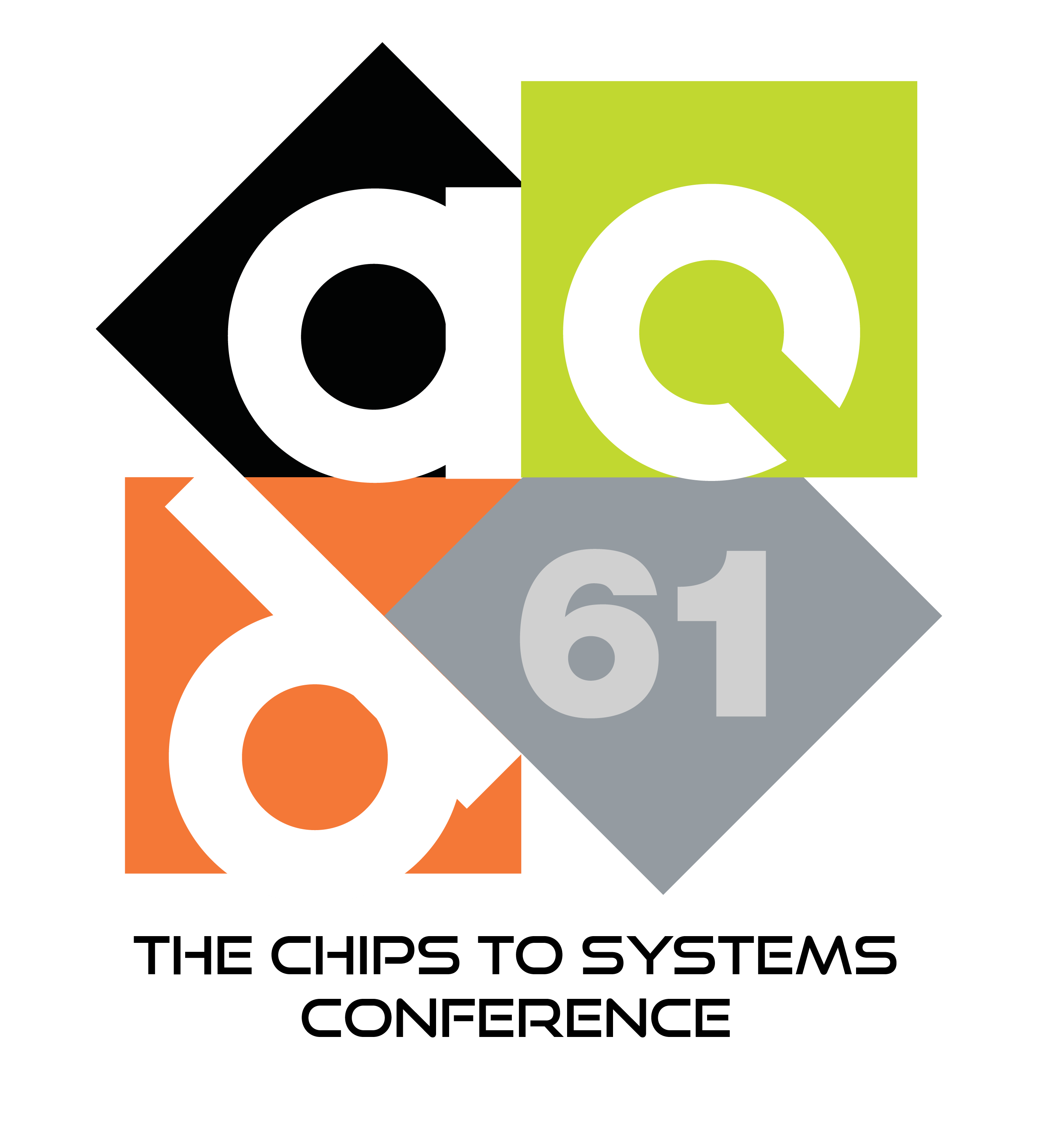
1,505 WDM (wavelength division multiplexed) channels were used simultaneously, spread across six optical bands spanning 37.6THz (275nm) of spectrum.
Signals were boosted with six doped-fiber amplifiers, with lumped and distributed Raman-amplification, “to cover all of the low-loss transmission bands of silica fibers”, according to NICT.
| Band | Wavelength (nm) | Channel count |
Modulation | Amplifier technology |
| O | 1,260 – 1,360 | 305 | 16QAM | bismuth + praseodymium |
| E | 1,360 – 1,460 | 314 | 64QAM | bismuth |
| S | 1,460 – 1,530 | 318 | 256QAM | thulium |
| C | 1,530 – 1,565 | 195 | 256QAM | erbium |
| L | 1,565 – 1,625 | 253 | 256QAM | erbium |
| U | 1,625 – 1,675 | 123 | 64QAM | Raman |
Transmission along optical fibres is normally at the lowest-loss wavelengths: C-band, with L-band added occasionally for more capacity – both are amenable to erbium doped fiber amplification.
Adding more bands can increase the capacity of installed links without the cost of adding more fibres, but this means coping with higher loss and finding suitable amplifiers.

To achieve the record, six doped fibre amplifiers provided gain for O, E, S, C and L-bands, with novel discrete Raman amplification in U-band, and distributed Raman amplification along with custom equalisers for optical gain profile shaping in O and E-bands.
Praseodymium, bismuth and thulium-doped amplifiers were used for the O, E and S-bands, and erbium for C and L-bands.
The fibre was water-absorption-peak-suppressed single-core single-mode with 0.125mm diameter cladding, and a coating taking this to between 0.235 to 0.265mm. “The capacity limit is considered to be about 100Tbit/s in the conventional C and L-bands,” according to NICT.
Signals were added using dual-polarisation QAM (quadrature-amplitude modulation) with 16, 64 or 256 symbol/constellation.
NICT collaborated with: Aston University (UK, Raman amplifiers), Nokia Bell Labs (USA, optical gain equalisers), Amonics (Hong Kong, optical fiber amplifiers and Raman amplifiers), University of Padova (Italy, transmission experiments) and the University of Stuttgart (Germany, transmission experiments).
This work was first revealed at OFC 2024 in San Diego earlier this year in the paper ‘402 Tb/s GMI data-rate OESCLU-band transmission’.






